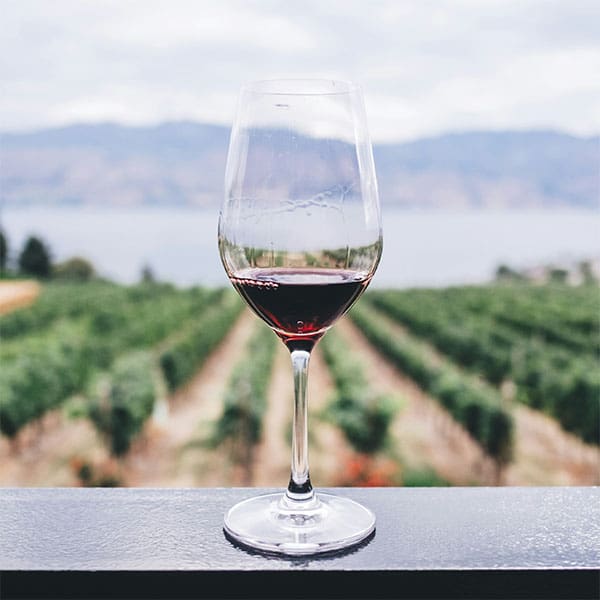Wine Chemistry
Project Overview
Terroir, the concept that growing conditions contribute to the character of a crop or agricultural product, has long been applied to grapes and wine. The site characteristics often cited as likely contributors to the flavor of a wine include factors such as soil type, soil moisture, air temperature, solar exposure, and elevation. Both the site characteristics and the grape juice or wine characteristics can be measured and quantified, which means they lend themselves to exploration with quantitative and statistical methods of investigation. The DataLab collaborated with Professor Ron Runnebaum to build a data infrastructure capable of comparing how these quantifiable growing conditions impact the characteristics of the resulting grape juice.
This project featured data on Pinot Noir wine grapes growing in California and Oregon, specifically in the Santa Maria, Arroyo Seco/Monterey, Sonoma Coast, and Willamette Valley American Viticultural Areas.

Project Goals
The primary goal of the project was to collect, organize, and investigate the utility of available data to compare grape outcomes with growing characteristics. The DataLab organized and prepared local weather, soil, and air measurements for the growing areas. A separate team explored the utility of the Planet satellite imagery API for estimating similar conditions without sensors in the area. These tasks are components of the largest informatics objective to test the availability and robustness of data to answer the project research questions.
Potential Impact
This research builds on the partner’s previously published work, which uncovered that site conditions produce different characteristics in Pinot Noir wine. This new line of research uses in situ sensors for measurements and aerial imagery to obtain measurements on a finer, more site-specific scale, with the goal of offering more detailed explanations of the importance of specific environmental conditions on Pino Noir.
DataLab Contact
- Michele Tobias (technical lead)